Product Description
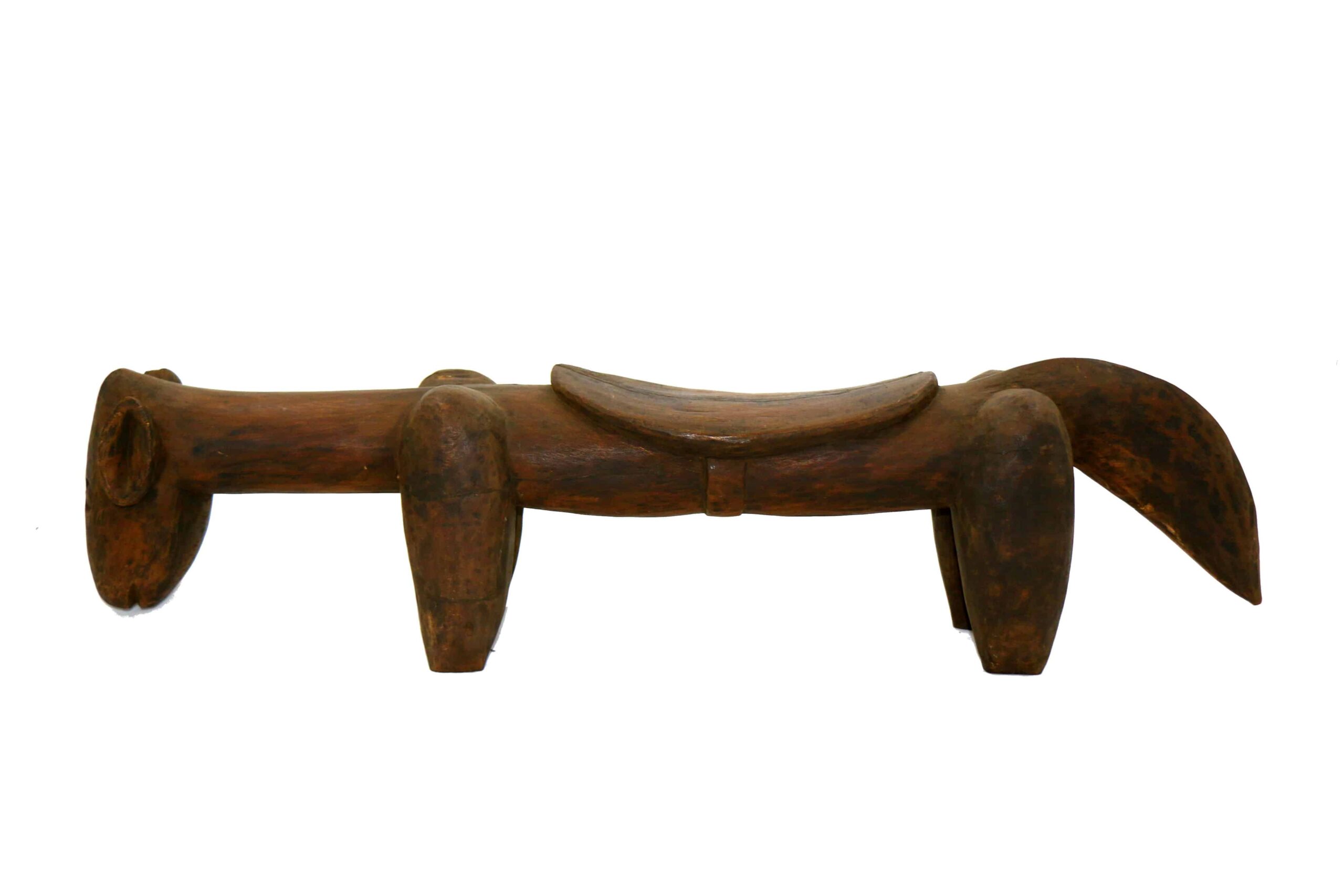
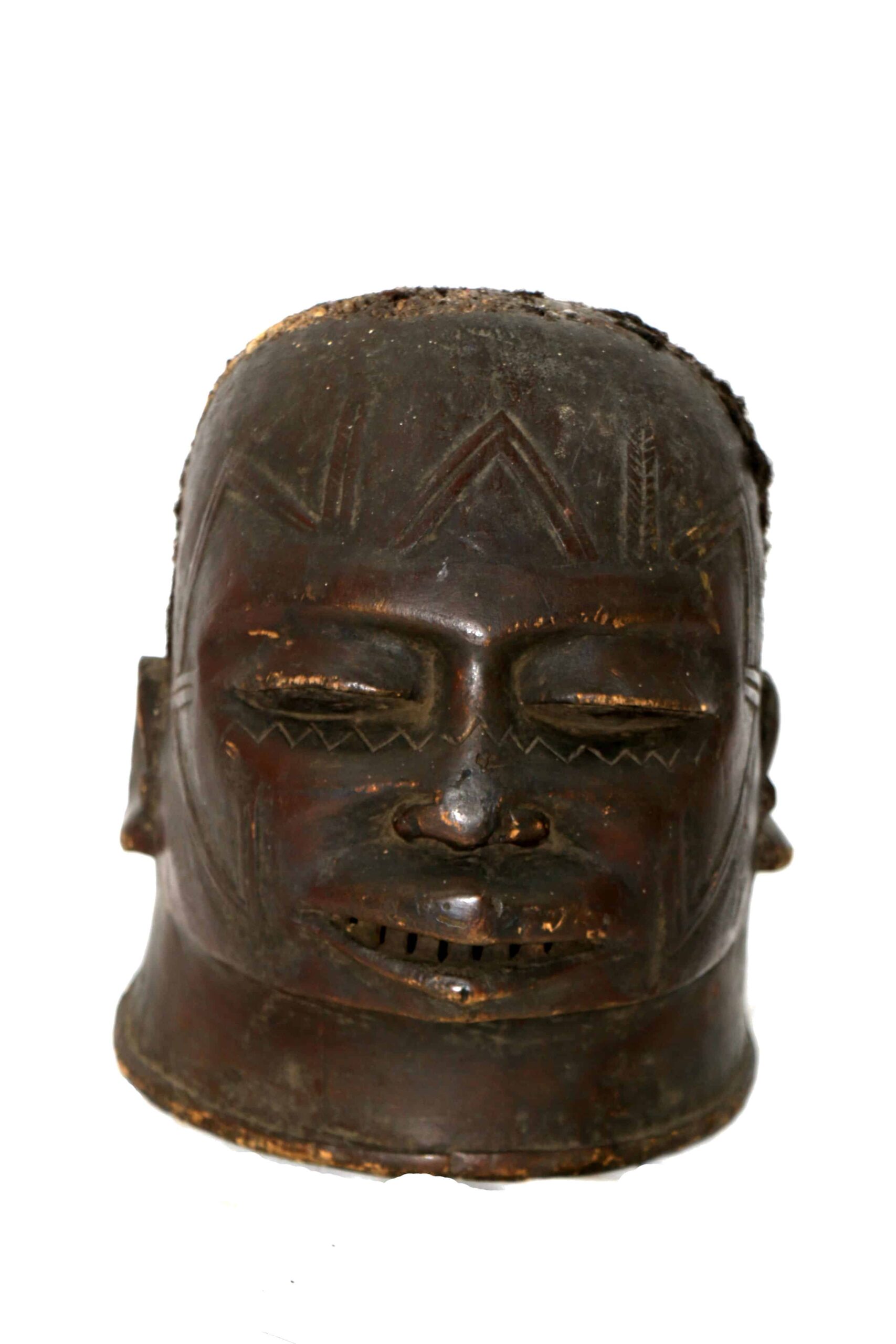
Cowrie Shell Beaded Fly Whisk, Dogon – Mali
This Antique Black and White Beaded with Cowrie Shell Fly Whisk or Swatter originates from the Dogon People of Mali. A Dogon Noble’s fly whisk was considered a prestige object. The fly whisk is a particularly pervasive emblem of leadership in Africa.
Made of 100% wood.
Model is W 3 – H 38 and weight 0.3 kg.
Description
This Antique Black and White Beaded with Cowrie Shell Fly Whisk or Swatter originates from the Dogon People of Mali. A Dogon Noble’s fly whisk was considered a prestige object. The fly whisk is a particularly pervasive emblem of leadership in Africa. Typically it punctuates speech, enhances gesture and serves to focus attention (both human and spirit) on the wielder. This fly whisk’s role as a prestige piece is emphasized by the valuable materials used such as leather, hair and cowrie shells and by the extra effort shown in matching the size of the shells and the care with which they are attached. This wonderful piece will add to your collection.are famous for their small cast figures and objects, which despite their small size, express status, prestige, and power. Known for their art as well as their remarkable villages along the heights of the Bandiagara escarpment in Mali, Dogon art remains today some of the best known and most collected African art.
Dogon are famous for their small cast figures and objects, which despite their small size, express status, prestige, and power. Known for their art as well as their remarkable villages along the heights of the Bandiagara escarpment in Mali, Dogon art remains today some of the best known and most collected African art.
The Dogon an ethnic group are mainly located in the administrative districts of Bandiagara and Douentza in Mali, West Africa. The precise origins of the Dogon people, like those of many other ancient cultures, are not yet determined. Their civilization emerged, in much the same way as ancient Egypt. Around 1490 AD the Dogon people migrated to the Bandiagara cliffs of central Mali. There are approximately 700 Dogon villages, with an average of 400 inhabitants. The tribe`s folk call themselves “Dogon” or “Dogom”, but in the older literature they are most often called “Habe”, a Fulbe meaning “stranger”.
Additional information
| Weight | 0.3 kg |
|---|---|
| Dimensions | 3 × 38 cm |
| Color | |
| Material |
Leave a reply Cancel reply
Returns and Exchanges
There are a few important things to keep in mind when returning a product you purchased.You can return unwanted items by post within 7 working days of receipt of your goods.
- You have 14 calendar days to return an item from the date you received it.
- Only items that have been purchased directly from Us.
- Please ensure that the item you are returning is repackaged with all elements.
Ship your item back to Us
Firstly Print and return this Returns Form to:
30 South Park Avenue, San Francisco, CA 94108, USA
Please remember to ensure that the item you are returning is repackaged with all elements.
For more information, view our full Returns and Exchanges information.

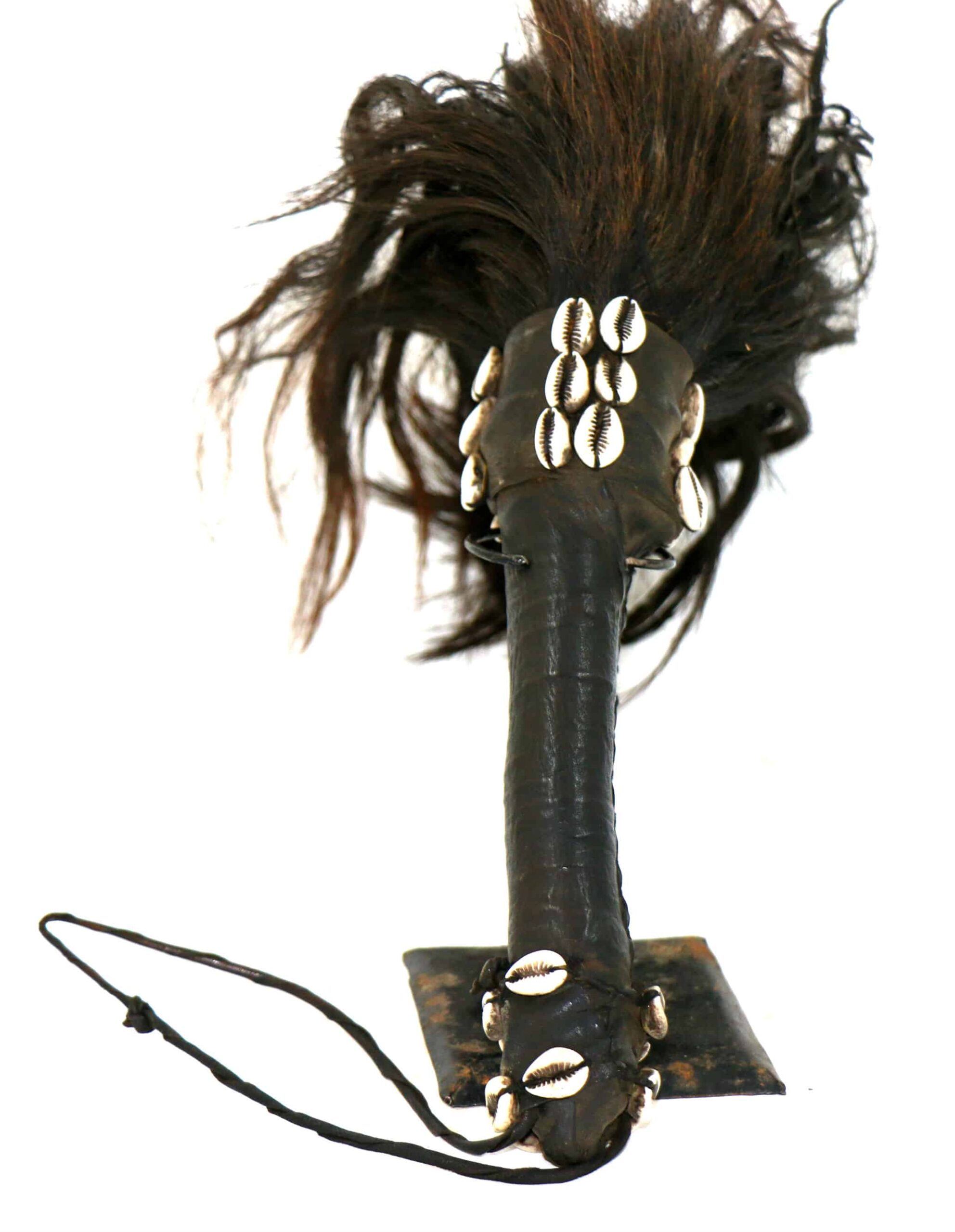
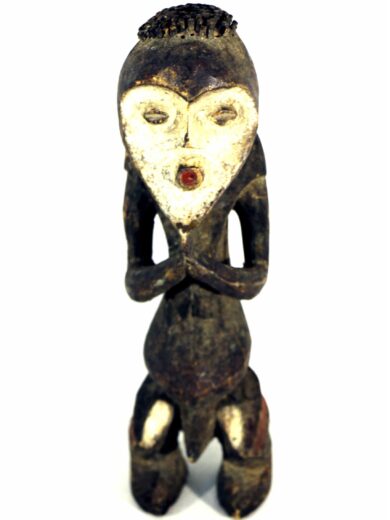
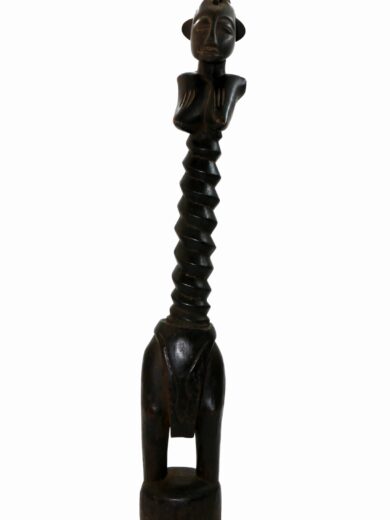
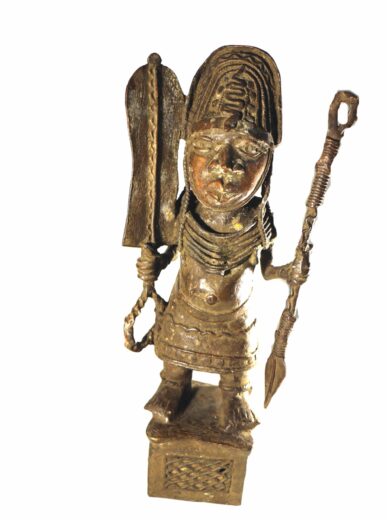
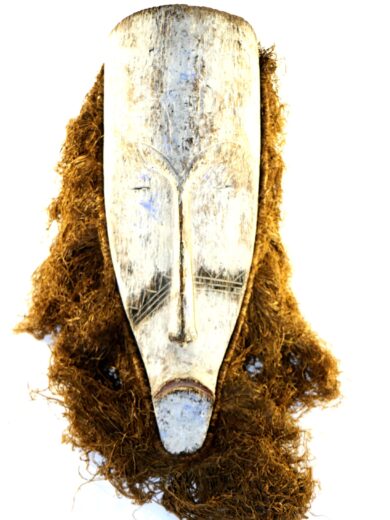
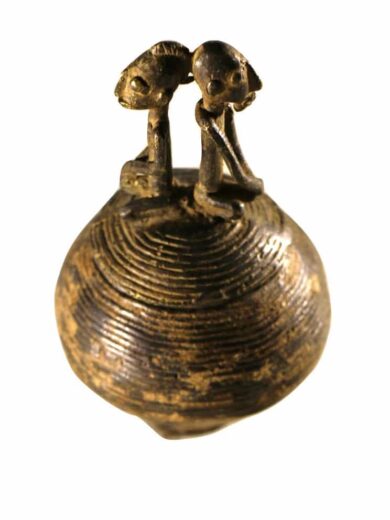
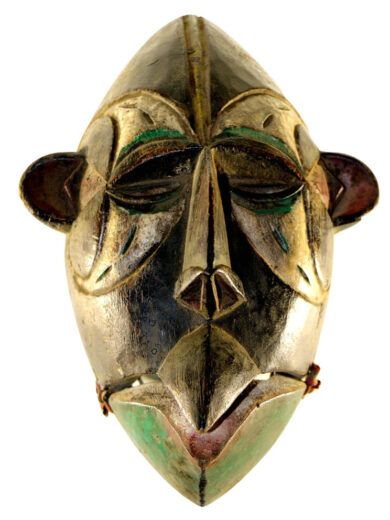
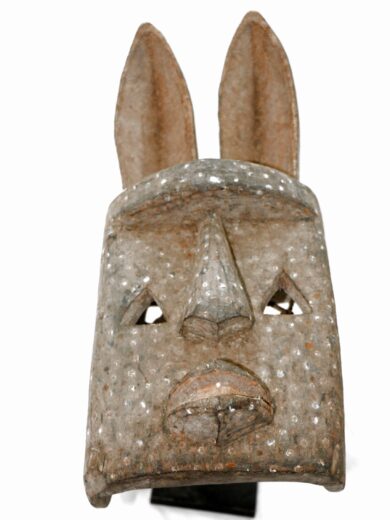
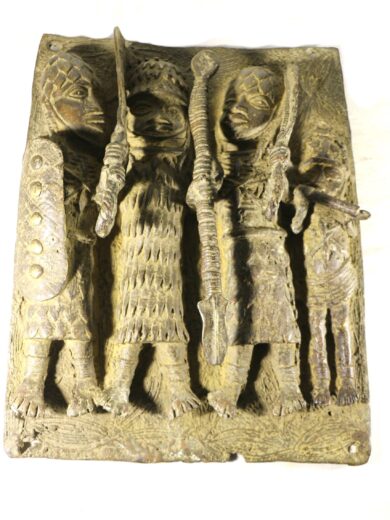
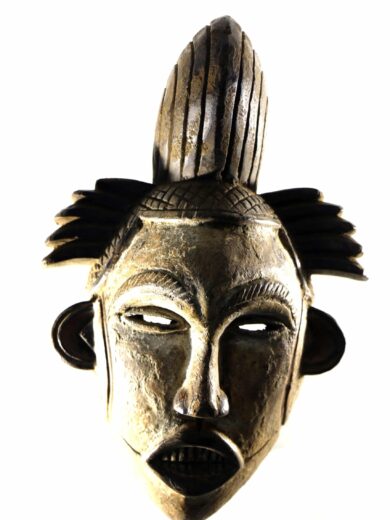
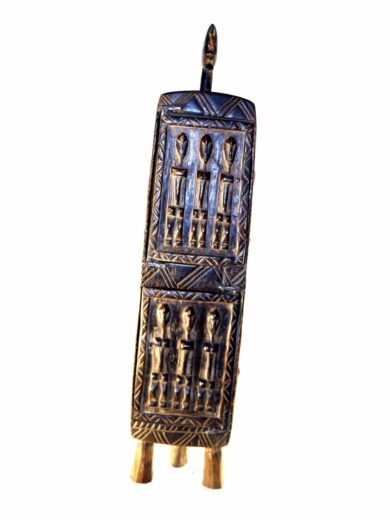
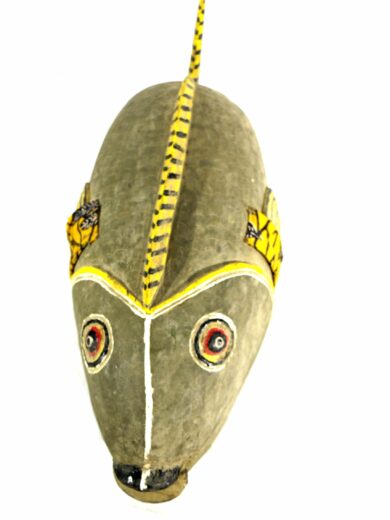
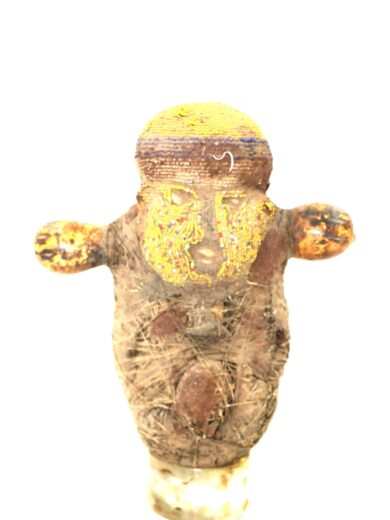
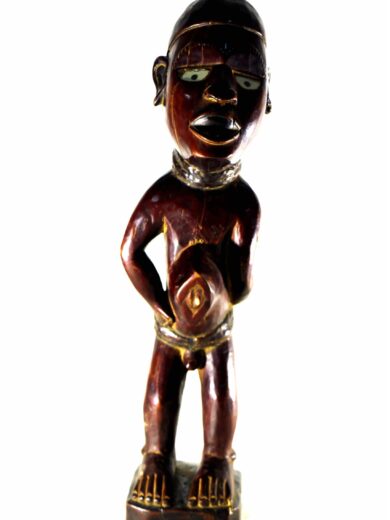
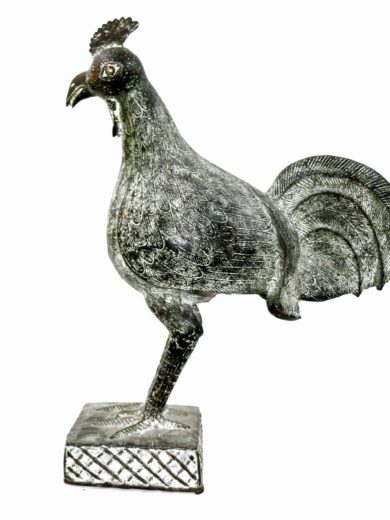
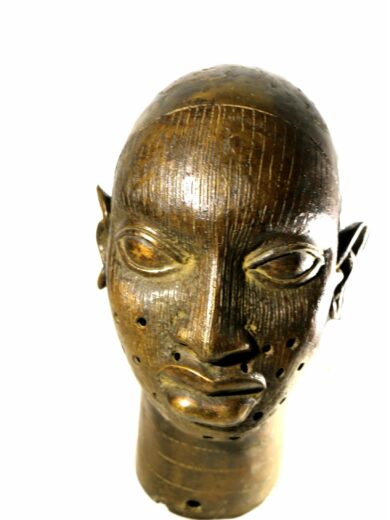
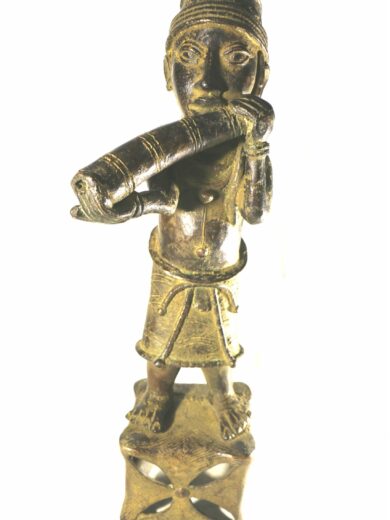
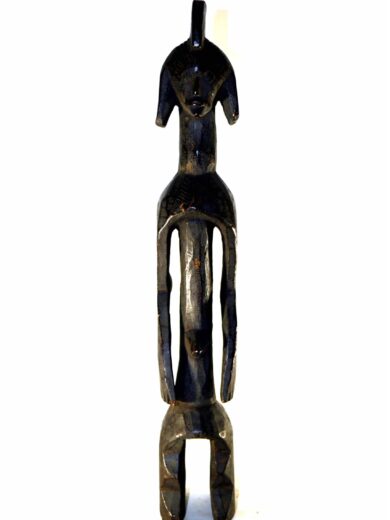
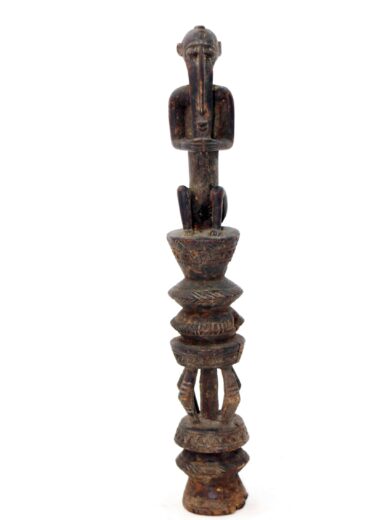
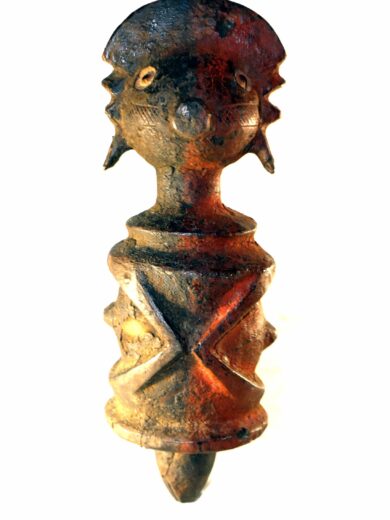
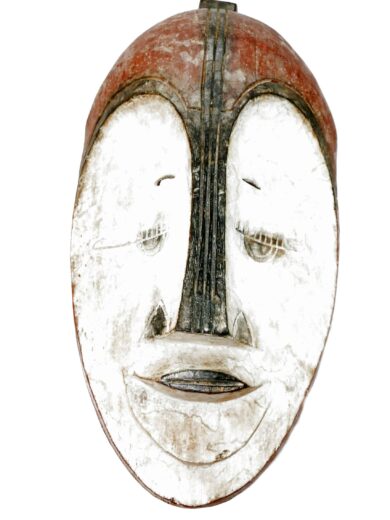
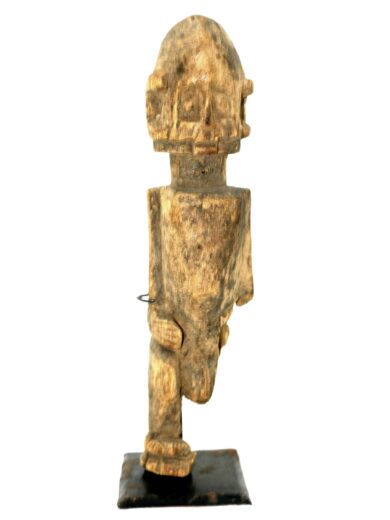
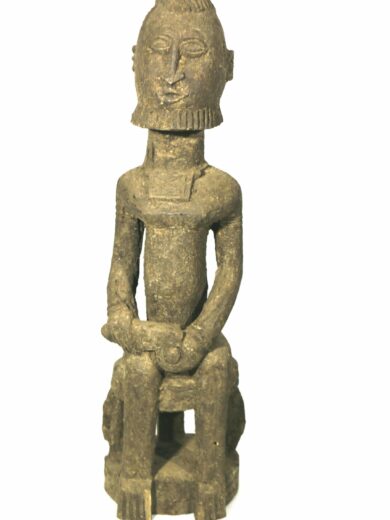
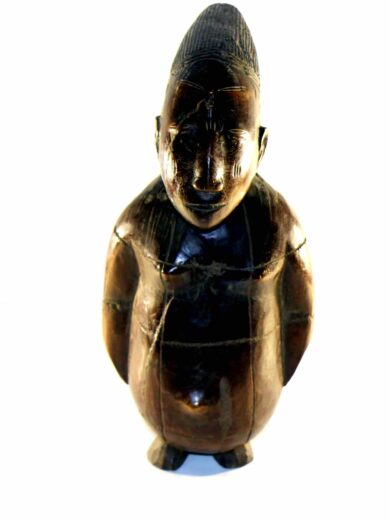
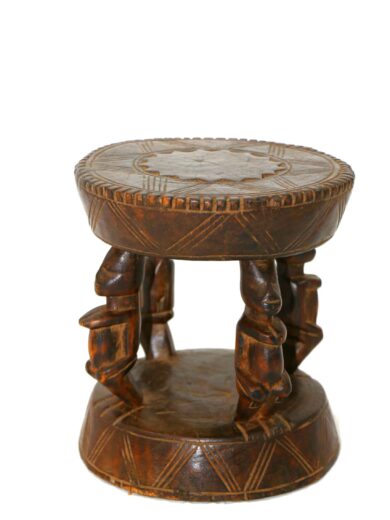
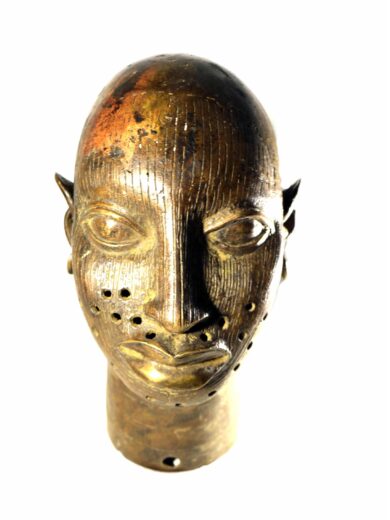
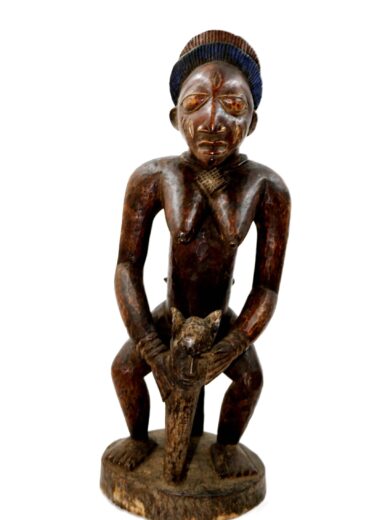
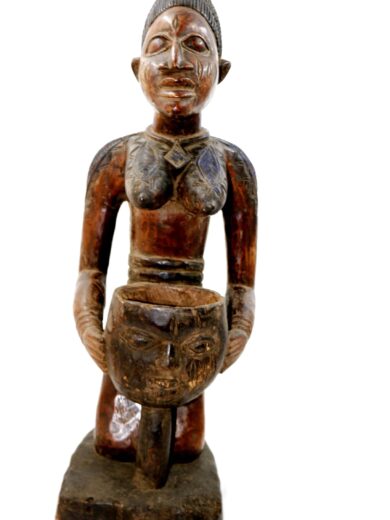
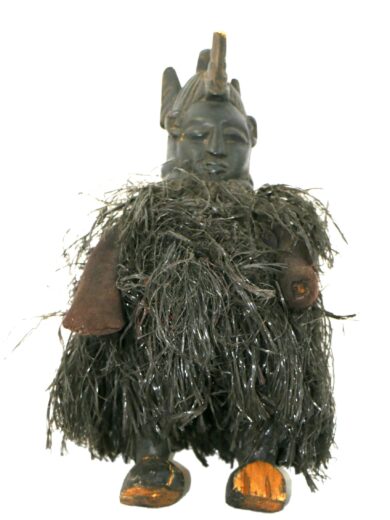
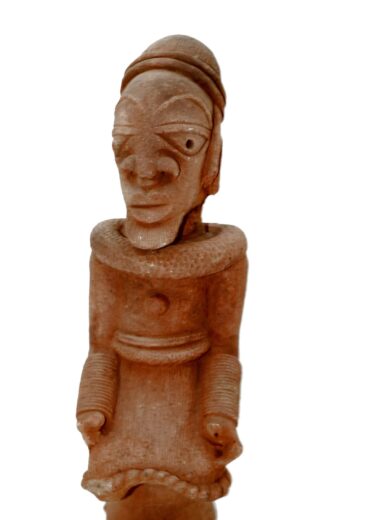
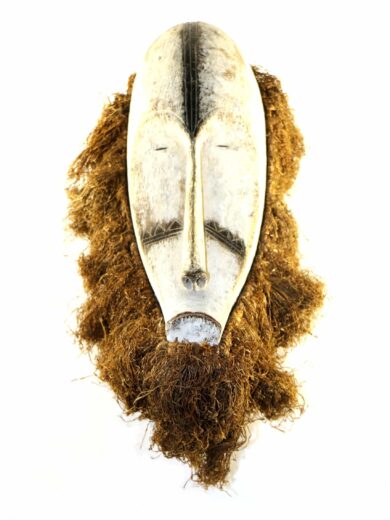
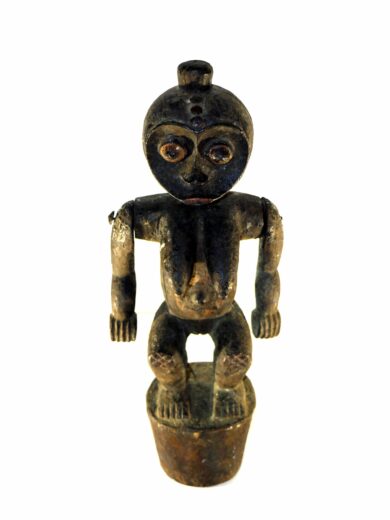
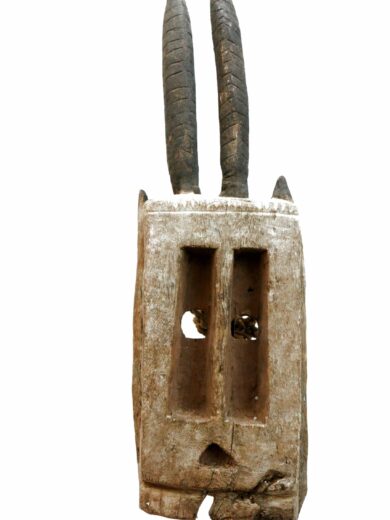
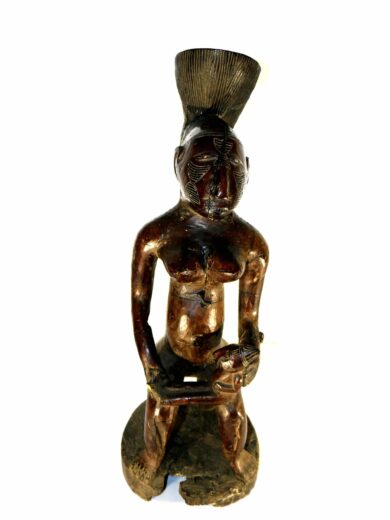
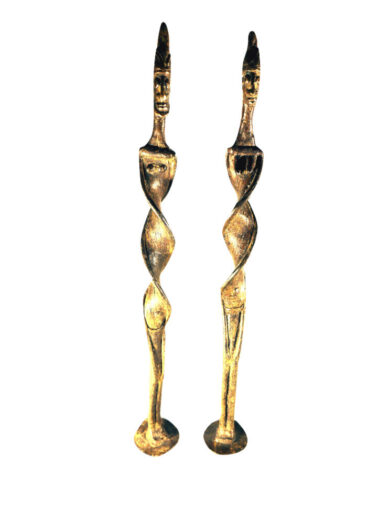
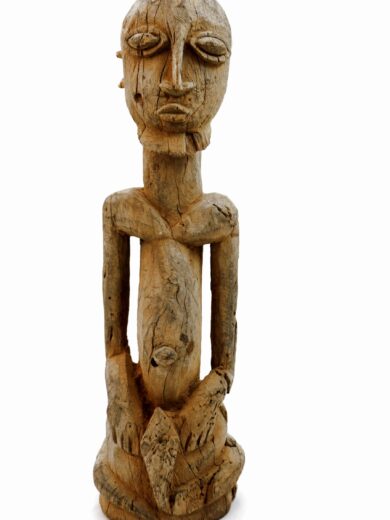
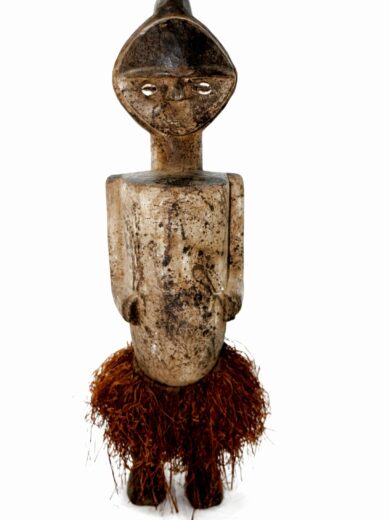
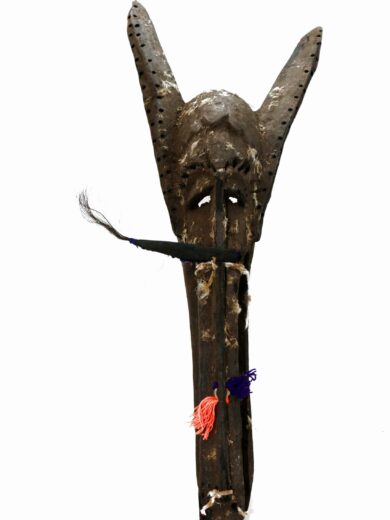
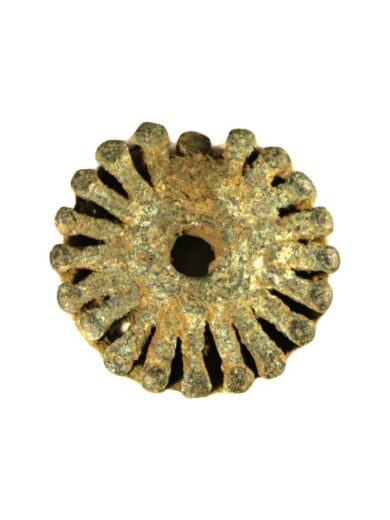
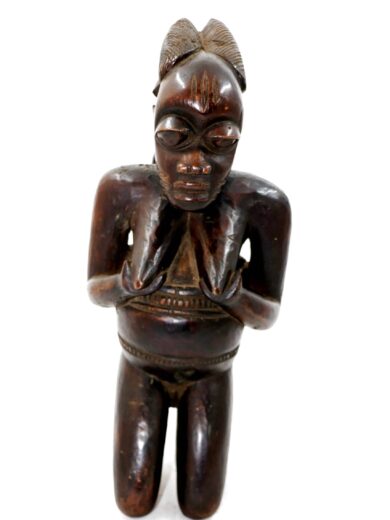
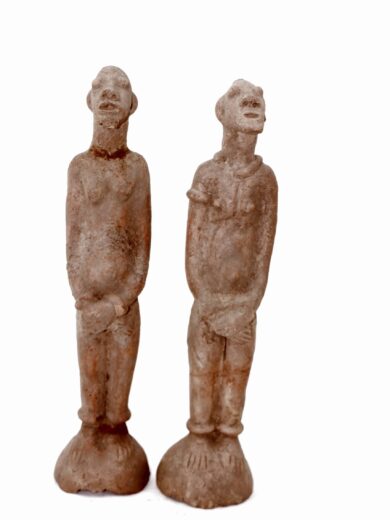
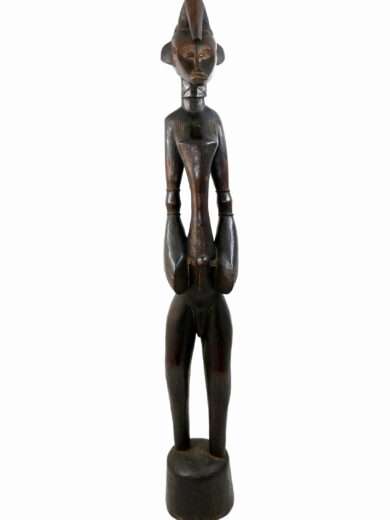
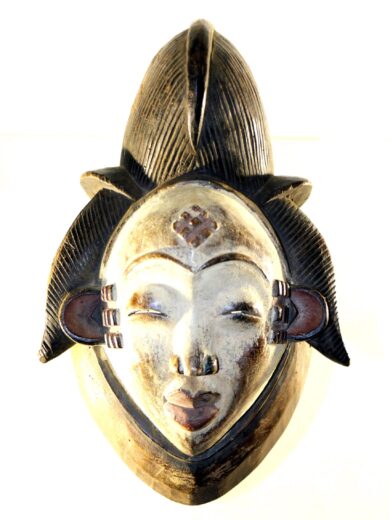
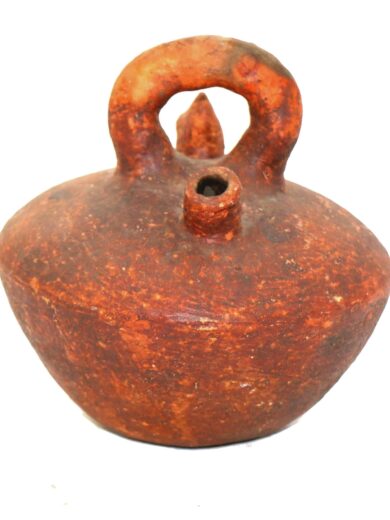
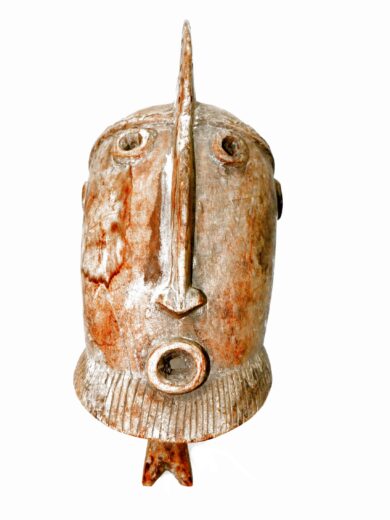
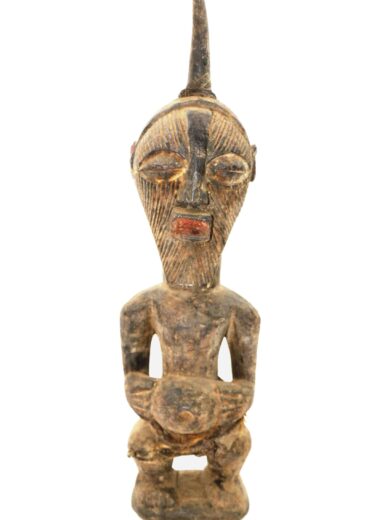
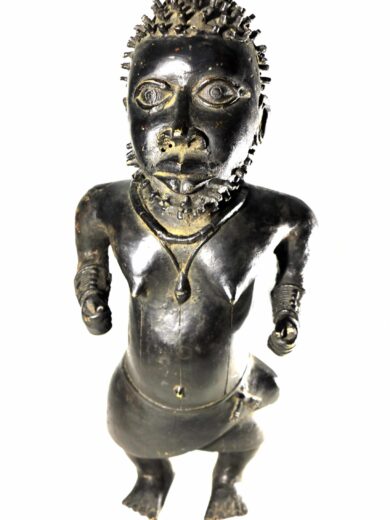
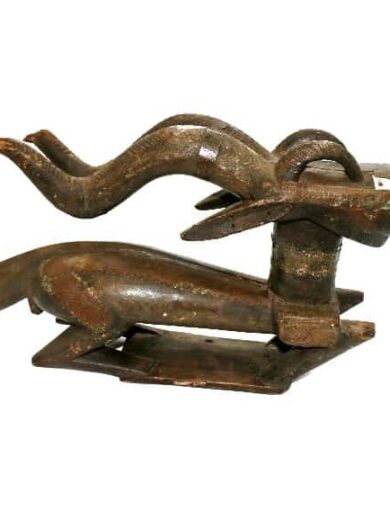
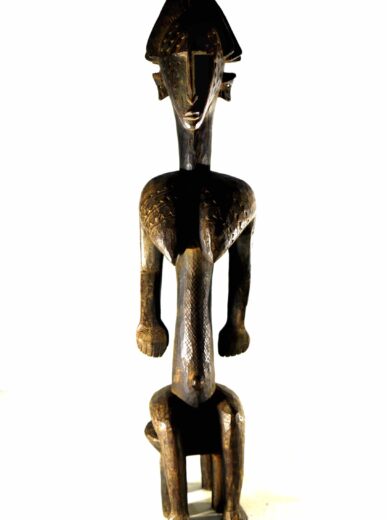
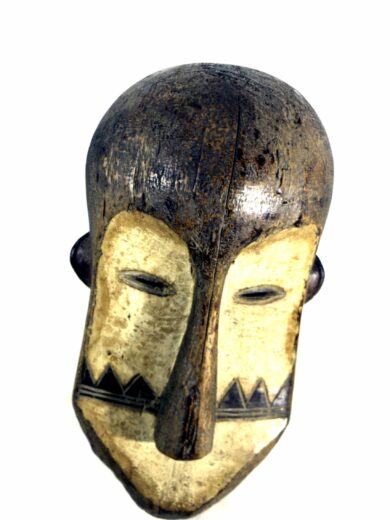
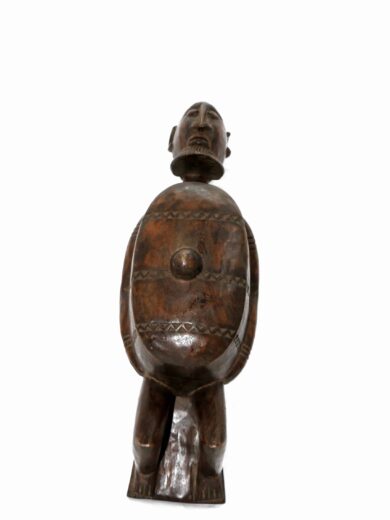

Reviews
There are no reviews yet.